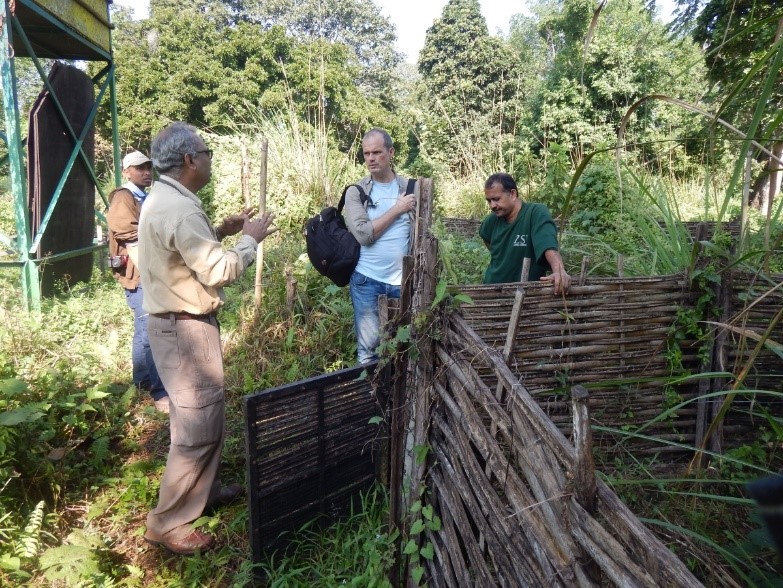Simon Black –
An important aspect of leadership is the ability to seek out god knowledge by asking the right questions at the right time. This is so important that we could suggest that “Good leadership is about asking the right questions” (Black, Groombridge & Jones 2011)
The problem with asking questions is that people can view questioning in different ways. Some people might consider your questions to be a threat or a way of apportioning blame if things have gone wrong. For others, questions may be viewed as an indicator of your interest in their work. On other occasions questioning may seem like a test of knowledge for the person you are approaching. In the best situation people will view your questions as your attempt to offer help and to collaborate and support their work.
As a leader, your use of questions might relate to one or more of these purposes. The issue is, how can we best use questions to build helpful knowledge?
Let’s first get rid of some misconceptions. The following types of questions are generally inappropriate and are rarely helpful to anyone, including you. To put it bluntly, these are the sort of questions that you should AVOID:
- Asking why someone has messed up
- Asking why people ‘don’t know’
- Asking something which is focused on a person’s appearance
- Asking something personal which is none of your business
- Asking something in an accusatory or derogatory manner
- Asking questions to make you look clever or to put people down
Instead, better questioning starts with being clear on the point of your questions. A few useful purposes for effective questioning include:
- Investigating a problem (e.g. when some sort of failure occurs)
- Testing people’s understanding (e.g. of a technique or method)
- Clarifying if people have understood what you said
- Checking a person’s well-being (if they do not seem their usual self)
- Asking how to do and activity better (to get better performance )
- Asking what could prevent problems reoccurring (after a mistake)
As a conservation leader, the trick to asking good questions is this:
FOCUS ON THE WORK
In work, most problems and unknowns are NOT due to people being neglectful or incompetent, but are actually down to the system of work (namely, rules and obligations, procedures, the environment, complex social and natural systems) that people work within. In conservation the ‘system’ often includes complex or impenetrable habitats, variable climates, human social systems, socio-economic issues, multiple and changeable impacts of threats and so on.
It is no wonder therefore, that we should focus on the problems of the system first, before bashing our co-workers over the head in judgement! As American Management ‘guru’ Ed Deming would say: 95% of problems are due to the system, only 5% due to people being at fault (Deming, 1982).
This awareness should shape the way we frame our questions. It is more effective to phrase issues in your questions around the work, not the person. Here are a few examples:
If we have a problem with a method or technology, ask:
“Why do we think this is not working?”
(instead of “Why can’t you get it to work?”)
If we don’t know enough about a particular species, consider:
“What do we know already?” and “What do we need to find out?”
If something unexpected happens, ask:
“Why do we think this occurred?”
(rather than “Why they hell did that happen?”)
If we uncover a difficult problem, ask:
“What would help us to solve this problem?”
(rather than “Why did you let this happen?”)
If we encounter a difficult situation or conflict ask:
“What are their needs?”
(rather than “Did you ask them what they wanted?”)
If the team are struggling, consider asking:
“How can I help?”
(rather than “Why don’t you lot grow up?”)
These suggestions are not mere semantics. The effectiveness of our behaviour starts with our personal values, beliefs and attitudes. If we believe most problems are caused by people it will show in our behaviours and the way we ask questions, and we will get a negative response from colleagues. They are more likely to tell us what they think we want to hear, rather than real underlying issues.
If we really want to seek knowledge and understand what is going on, we need to ask the right questions and that way we have a greater chance of getting a better response.
Reading:
Black S. A., Groombridge J.J. and Jones C. (2011) Leadership and conservation effectiveness: finding a better way to lead, Conservation Letters 4 (5): 329-339. DOI: 10.1111/j.1755-263X.2011.00184.x
Deming, W. E. (1982) Out of the Crisis, Massachusetts Institute of Technology Center for Advanced Engineering Study, Cambridge,
Mass, USA.

